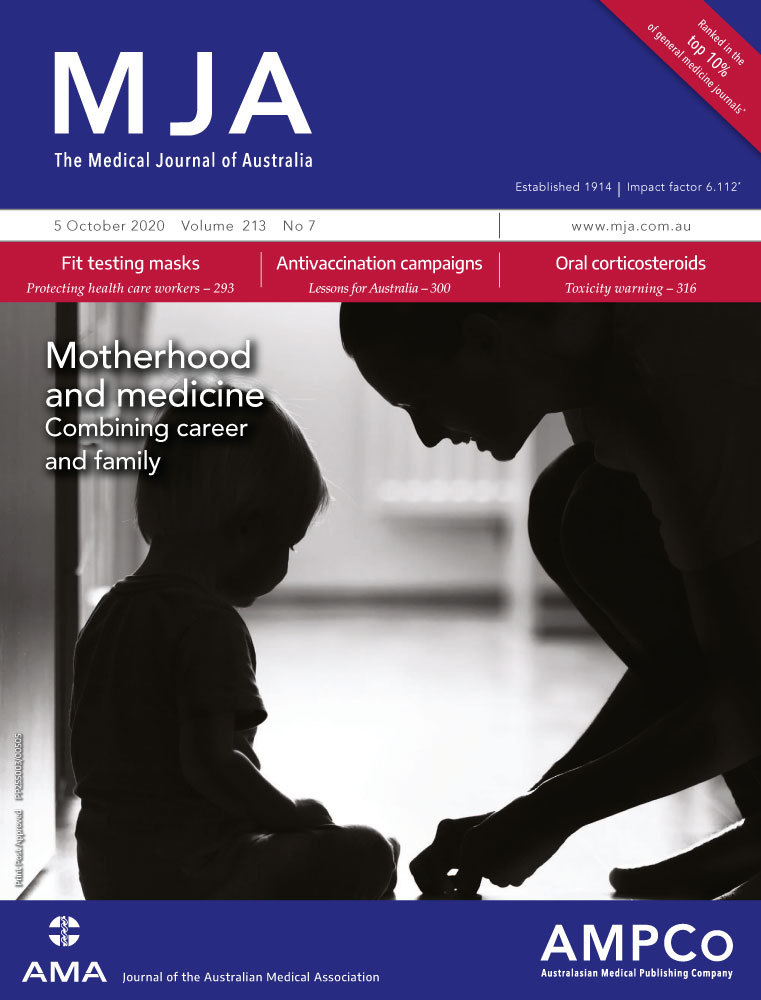Red-flagging the prescribing of oral corticosteroids for people with asthma
High cumulative doses are often unnecessary and can have major adverse effects
The isolation of compound E, later known as cortisone, from the adrenal gland in 1949 led to its use for treating many medical conditions; the first randomised controlled trial of its benefit for people with asthma was published in 1956.1 However, adverse effects are associated with cumulative corticosteroid doses, both with long term continuous use of low dose preparations and with repeated short courses of high dose preparations. The introduction in 1970 of inhaled corticosteroids (ICS) revolutionised asthma management, providing anti-inflammatory benefits with a markedly reduced side effect profile. Yet many people with asthma are less adherent to ICS use as preventive treatment than their health care professionals would wish. As many as 80% of patients do not adhere to preventive therapy as prescribed,2 and both practical and perceptual barriers to adherence have been described.3
In the study published in this issue of the Journal, Hew and his co-authors report high rates of oral corticosteroid (OCS) dispensing in Australia to people presumed to have asthma.4 Are these high rates justified? We agree with the authors that they are not.
First, as many as 30% of people labelled with “asthma” prove, on careful re-assessment, to not have the condition.5 Such misclassification is likely to be even greater in database studies, including the analysis of Pharmaceutical Benefits Scheme (PBS) data by Hew and colleagues. Providing OCS to patients incorrectly thought to have asthma is not justified.
Second, some corticosteroid dispensing may reflect chronic use of low dose preparations by patients with severe asthma. But as these patients constitute only a small proportion of the asthma-affected population, it is unlikely that the random sample of all people with asthma included in the 10% PBS data sample analysed by Hew and his colleagues would include more than a small number of patients with severe asthma.
Third, some of the corticosteroid load is attributable to short courses of high-dose therapy for people with exacerbations of their asthma, many of which are avoidable. In clinical trials in which rates of correct inhaler use and adherence are high, exacerbation rates are low. In the Gaining Optimal Asthma controL (GOAL) study, for example, patients with poorly controlled asthma were treated with different preventer strategies; exacerbation rates were low, ranging between 0.07 and 0.28 per patient per year.6
Hew and his co-authors found that one-quarter of patients receiving preventer therapy were prescribed cumulative OCS doses of 1000 mg or more, indicating the need for short courses of prednisolone at least once a year. Lack of adherence to prescribed preventer medication is common and leads to more exacerbations and further courses of prednisolone. Hew and colleagues found that 8% of infrequent users of high dose preventer therapy had been dispensed potentially toxic cumulative OCS doses during 2018, whereas the proportion for frequent users was 13%. Although this suggests that low frequency of ICS use may not be an explanation for a higher level of prednisolone prescribing, it is not possible to draw firm conclusions; the association between infrequent ICS use and lower cumulative prescribing of OCS may, for example, simply reflect some patients avoiding doctors. A Dutch pharmacy database study including patient review found that nearly one-half of patients with asthma and potentially harmful OCS exposure did not adhere to prescribed ICS, and more than half had problems with their inhaler technique.7
Although the OCS use reported by Hew and his co-authors seems high, they may have underestimated its level; for example, prednisolone courses prescribed on discharge from emergency departments may not have been included. Nor is the estimated number of people with asthma necessarily reliable, as many people with asthma purchase salbutamol over the counter and would not necessarily be included in the data analysed. While filling a prescription does not mean that the medication has been taken as directed, the authors note that a substantial proportion of people were concomitantly dispensed medications for treating diabetes or osteoporosis, raising the possibility that comorbidity, reflecting the undesirable effects of OCS, indicates that the medications were indeed taken.
Despite decades of guidelines, the study by Hew and colleagues suggests that asthma management still needs to be improved, at least in part because of poor adherence by patients to prescribed preventer therapy. We hope that new strategies — such as as-needed combination ICS/long acting β-agonist (LABA) therapy, and the use of electronic monitoring of inhalers with reminders for users — will improve management, but only time will tell.
In summary, Hew and his co-authors report that cumulative OCS doses associated with significant side effects are frequently dispensed to patients with asthma. To correct this problem, we must be more careful when diagnosing asthma, avoid prescribing chronic low dose prednisolone, minimise exacerbation rates by managing asthma with ICS or ICS/LABA inhalers, and develop strategies for enhancing adherence to controller medication.
Competing interests
Christine McDonald has received speaker’s fees (paid to her organisation) from Menarini and Astra Zeneca. Christopher Worsnop has received speaker’s fees from HealthEd, GlaxoSmithKline, AstraZeneca, Cipla, Boehringer Ingelheim, Mundipharma, and Menarini.
Provenance
Commissioned; externally peer reviewed.




